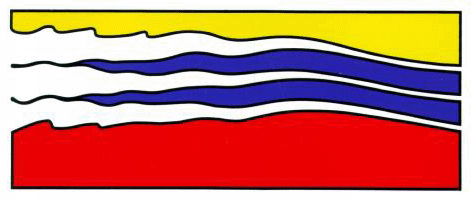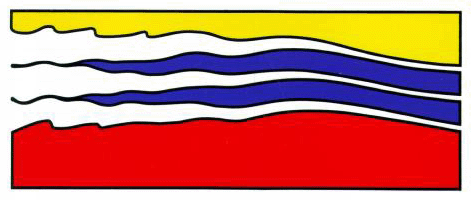
4111 Monarch Way, 3rd Floor
Old Dominion University
Norfolk, VA 23508
757-683-4940


Particles in the size range from 50 μm to several mm are the
main contributors to carbon fluxes to the deep sea (> 1000 m) and supply
most of the organic nutrients to an environment that is extremely energy
limited. Since particles are hot spots of biological activity,
organisms located on them may dominate water column metabolism in
comparison to those living freely suspended in the ambient water. On
their way through the water column, most particles undergo dissolution
and remineralization. Some particles, however, sink sufficiently fast to
escape complete degradation. Others may be produced in situ from
dissolved organic matter through coagulation. Particle genesis, size,
composition, ballast and shape thus define to what extent they
contribute to vertical carbon fluxes or serve as substrates for the
deep-sea microbial food web. However, many of these particles are too
fragile to be retrieved from sediment traps or bottle samplers intact.
In contrast, visual tools allow us to determine size, shape and
approximate composition of these particles as they occur in the water
column. We developed two systems, one based on standard video anaylsis,
the other based on digital inline holographic microscopy. Here I will
describe these systems and show examples from our expeditions to the
tropical and subtropical Atlantic.
Alexander Bochdansky received a Ph.D. in Biological Oceanography from the Memorial University of Newfoundland, Canada. His current research projects include the distribution and ecology of eukaryotic microbes of the deep sea, zooplankton interactions with thin layers, and ecological stoichiometry and bioenergetics of zooplankton.

|
Innovation Research Park Building I 4111 Monarch Way, 3rd Floor Old Dominion University Norfolk, VA 23508 757-683-4940 |

|